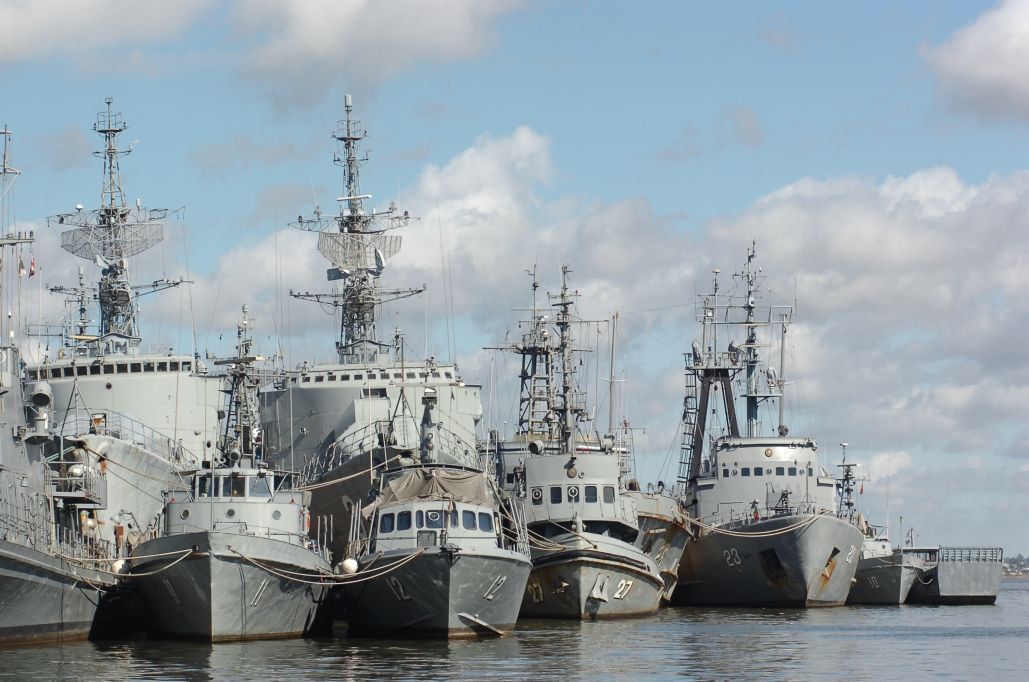RIO DE JANEIRO, BRAZIL – The Uruguayan Navy yesterday announced the three bids received for the delivery of two deep-sea patrol vessels, which are significantly lower than those submitted in the original tender eight years ago. The bids came from CSTC of China, Damen of the Netherlands and the Kership consortium, consisting of French shipyards Naval Group and Piriou. There were no bids for used ships.
There were two other bids, one from Italy’s Fincantieri, which was submitted after hours, and another from France’s CMN, which was submitted incomplete because, according to the shipyard, there was not enough time to translate it into Spanish.
Read also: Check out our coverage on Uruguay
Both CTSC and Kership – through the Naval Group – are two of the four shipyards that had been shortlisted in previous cases, with CTSC submitting a version of its Type 056 corvettes, designated P18N, currently used by the Nigerian Navy, with specific modifications according to the Uruguayan Navy’s requirements. For its part, Kership presented the OPV 90 model, of which Argentina has acquired four units and which was seen in Uruguay during the previous prequalification process.

It is possible that the vessels presented in 2014 have changed compared to those in this new tender, due to changes in both the Navy’s requirements and the time that has passed since then.
Although Damen’s models have not yet been considered, there is speculation that the company may have submitted a version of the Tun Fatimah class, which is being built in Malaysia for the Malaysian Navy and is based on the OPV 1800.
PERIOD OF ANALYSIS
From now on, the Uruguayan government and the Navy will analyze the proposals to decide which one will be awarded the contract, and then have 30 days to sign the construction contract.
Reality shows that this new procedure was not tempting for many of the international shipyards, both because of the mechanism of the tender and the fact that the Ministry of Defense had exceeded the allocated budget, contradicting the technical requirements of the purchase, as well as the high cost of acquiring the necessary specifications and guarantees.
Thus, of the estimated 50 shipyards that expressed interest in competing to build the ships in 2014, only five opted for this government’s current tender, and of those, only three participated by the deadline.

